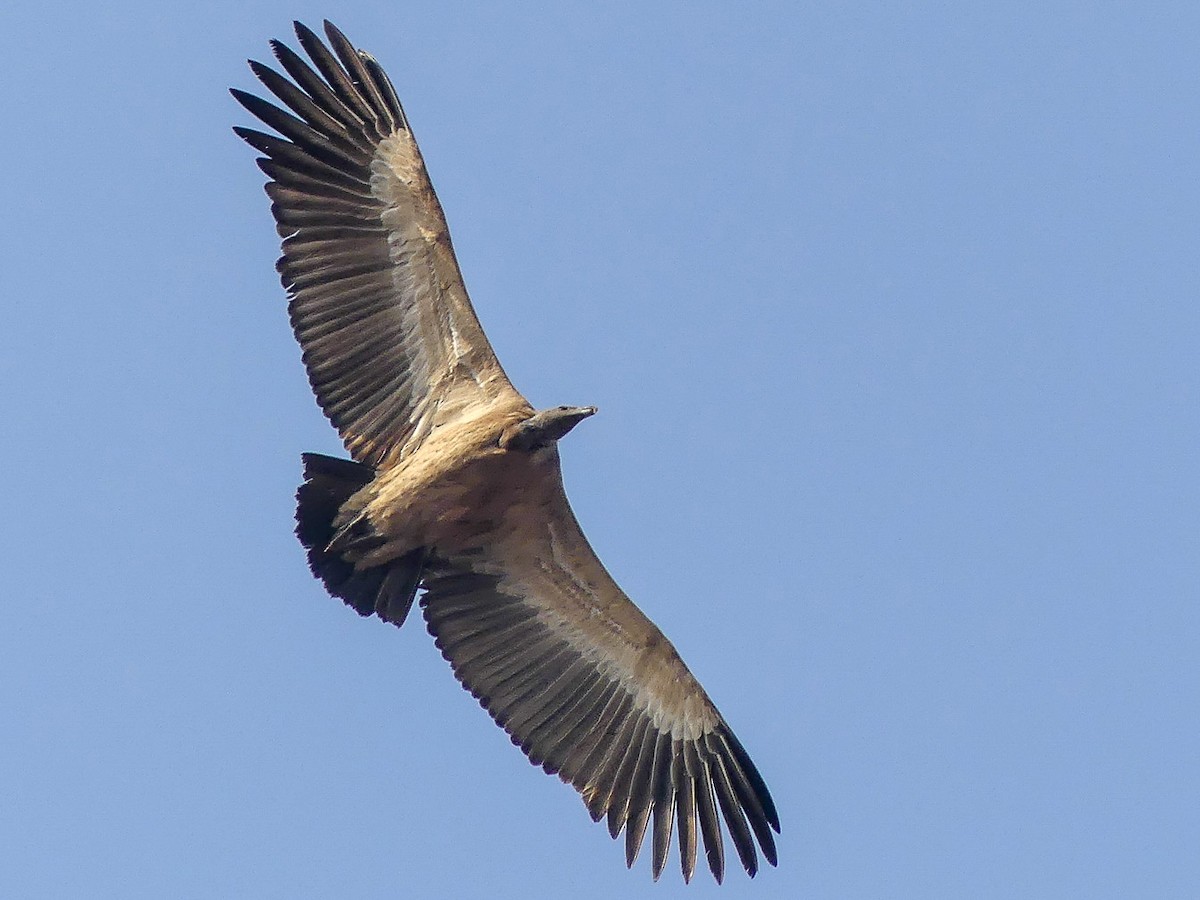
Indian Vulture
Gyps Indicus
Order:
Family:
Size:
80 to 100 centimeters (31 to 39 inches)
Weight:
6 to 9 kilograms (13 to 20 pounds)
Taxonomy:
Mathurin Jacques Brisson 1760
Short Description:
Indian Vulture (Gyps indicus), also known as the Long-billed Vulture, is a large bird of prey native to South Asia. It is characterized by its brown plumage, long and broad wings, and a distinctive long, hooked bill. Indian Vultures are primarily scavengers, feeding on carrion, and play a crucial role in ecosystem health by cleaning up carcasses. They are often observed in large groups at feeding sites, where they compete with other scavengers for access to food. Breeding behavior typically occurs in colonies, with pairs selecting suitable nesting sites on cliffs or tall trees. Unfortunately, populations of Indian Vultures have declined drastically due to factors such as habitat loss, poisoning, and the use of diclofenac in livestock, highlighting the urgent need for conservation efforts to protect this iconic species.
Far far away, behind the word mountains, far from the countries Vokalia and Consonantia, there live the blind texts. Separated they live in Bookmarksgrove right at the coast
Indian Vulture (Gyps indicus) was historically widespread throughout Pakistan. However, like other vulture species in the Indian subcontinent, its population has experienced a severe decline. This decline is primarily attributed to factors such as habitat loss, poisoning, and the use of veterinary drugs such as diclofenac, which is toxic to vultures. As a result, Indian Vultures are now considered critically endangered in Pakistan, with remaining populations restricted to certain areas, particularly in the northern and northwestern regions. Conservation efforts are crucial to protect and restore Indian Vulture populations in Pakistan.
Indian Vulture (Gyps indicus) exhibits typical scavenging behavior, primarily feeding on carrion. These vultures are often observed in large groups at feeding sites, where they compete with other scavengers for access to food. Their communal gatherings are crucial for efficient carcass removal and consumption. Indian Vultures also play a vital ecological role in cleaning up carcasses, which helps prevent the spread of diseases. Breeding behavior typically occurs in colonies, with pairs selecting suitable nesting sites on cliffs, ledges, or tall trees. Both parents participate in nest-building, incubation, and caring for the young. Unfortunately, populations of Indian Vultures in Pakistan have declined significantly due to threats such as habitat loss, poisoning, and the use of diclofenac in livestock, highlighting the urgent need for conservation efforts to protect this iconic species.
Far far away, behind the word mountains, far from the countries Vokalia and Consonantia, there live the blind texts. Separated they live in Bookmarksgrove right at the coast
About Photographer : Hello World
Facebook
Twitter
Instagram
Flicker
LinkedIn


